Optimal Timing for Foundation Repairs
Foundation repairs are most effective when performed during periods of stable weather and minimal ground movement. Optimal conditions typically include moderate temperatures and low moisture fluctuations, which help ensure the longevity and stability of repairs.
Spring offers a good window for foundation repairs due to moderate temperatures and the end of winter ground shifts, allowing for effective stabilization.
Late summer and early fall provide stable conditions before the onset of winter, reducing the risk of frost-related ground movement.
Winter and peak summer months are less ideal due to extreme cold or heat, which can cause ground expansion or contraction, complicating repair processes.
Timing repairs after periods of consistent dry weather minimizes soil moisture variability, supporting more durable repairs.
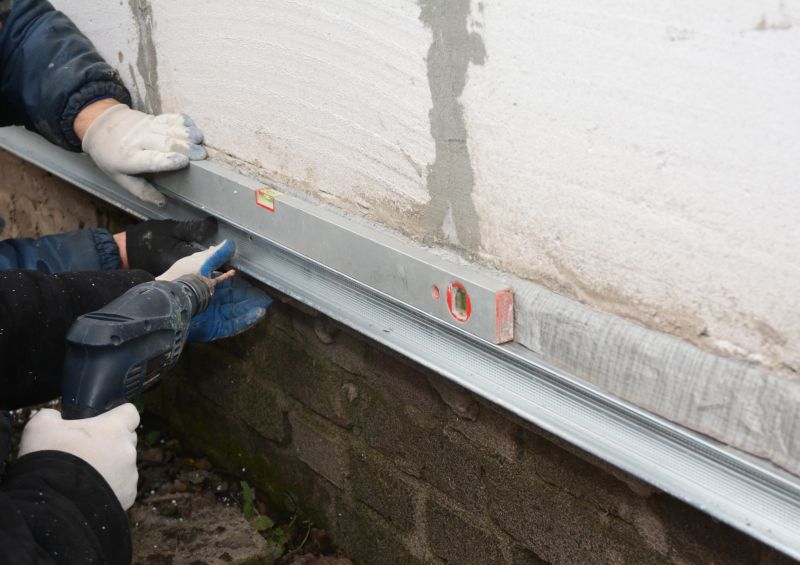
A contractor stabilizing a foundation during optimal weather conditions ensures better results.
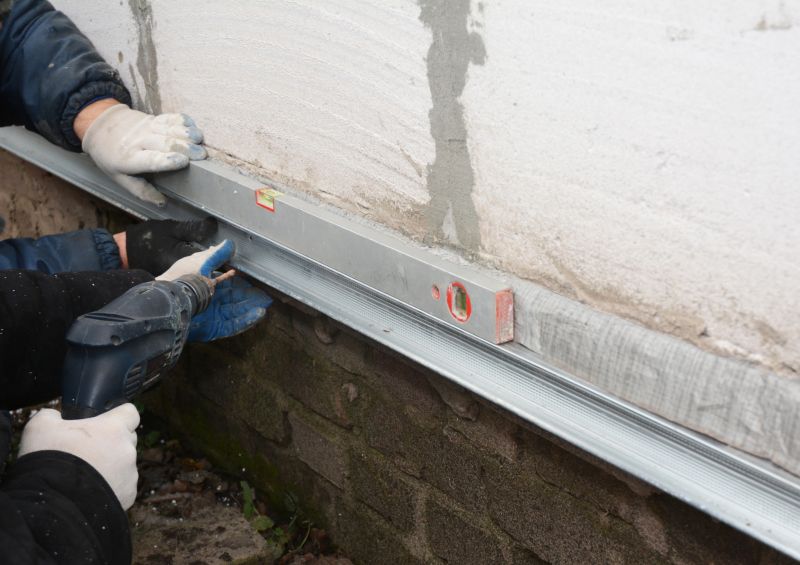
Proper soil assessment and stabilization are critical during suitable seasons for lasting repairs.
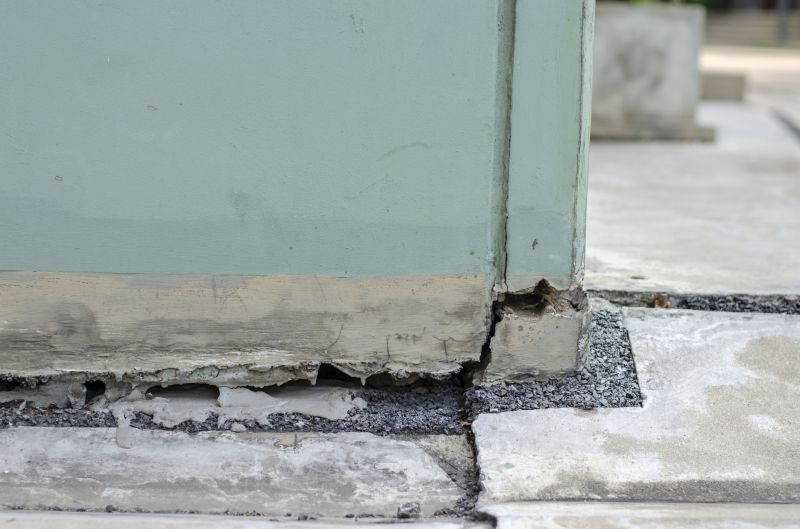
Repairing cracks during the right season prevents further damage caused by ground movement.
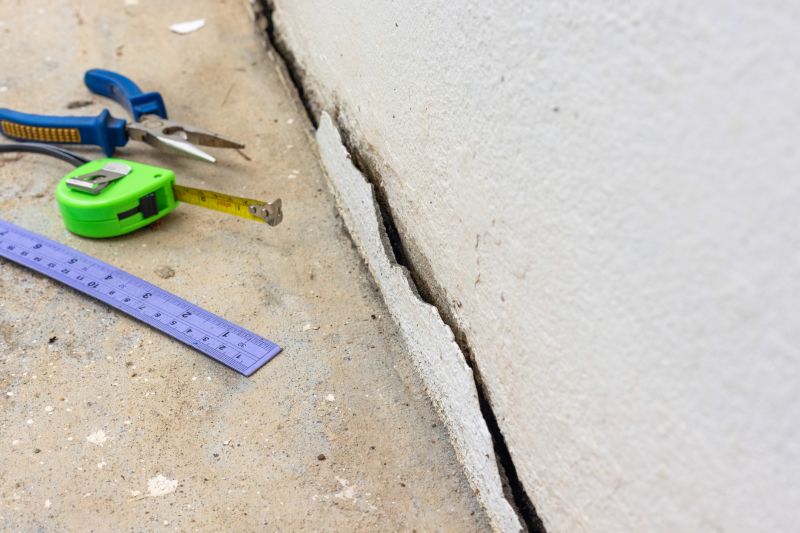
Ways to make Foundation Repairs work in tight or awkward layouts.
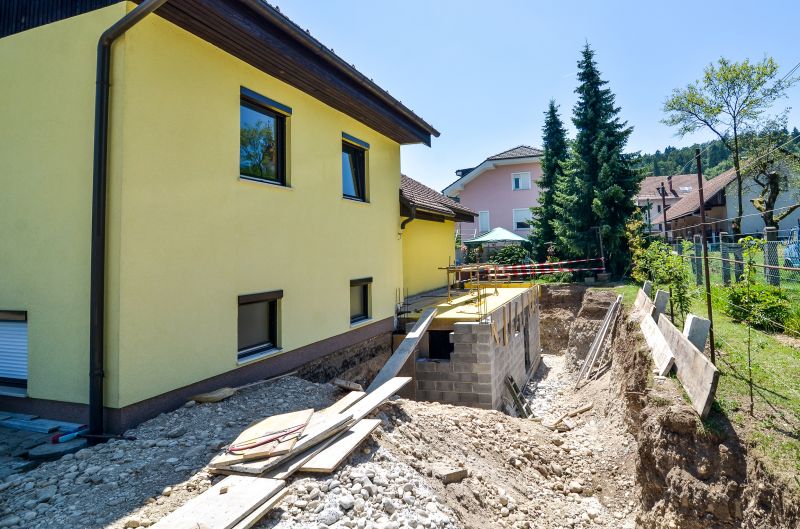
Popular materials for Foundation Repairs and why they hold up over time.
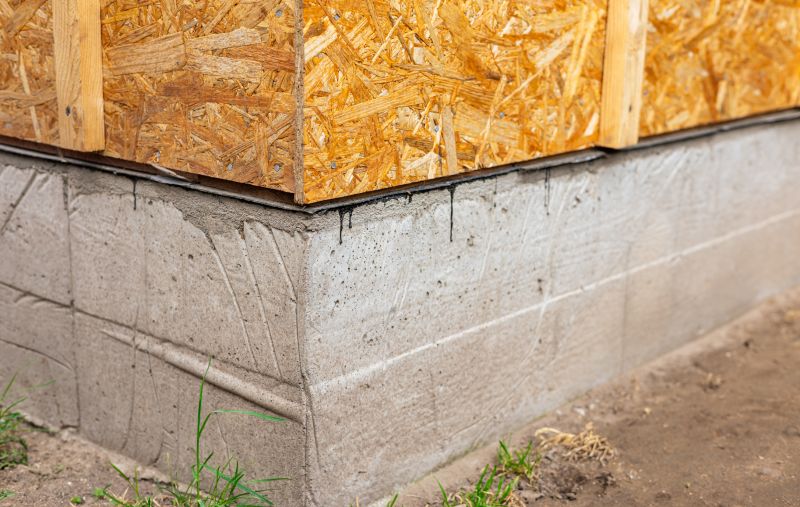
Simple add-ons that improve Foundation Repairs without blowing the budget.
| Season | Ideal Conditions |
|---|---|
| Spring | Moderate temperatures, soil thawing, minimal ground movement |
| Late Summer/Early Fall | Stable ground, dry weather, moderate temperatures |
| Winter | Cold temperatures, frozen ground, increased risk of shifting |
| Peak Summer | High temperatures, dry conditions, soil contraction |
Foundation repairs play a vital role in maintaining structural integrity and preventing further damage. Proper timing ensures that repairs are more effective and durable. Soil conditions, weather patterns, and ground stability are key factors influencing the success of foundation work. According to industry statistics, addressing foundation issues early can prevent costly repairs and property damage, saving homeowners significant expenses over time.
Understanding seasonal impacts on soil and ground movement can help determine the best window for foundation repairs. Professionals recommend scheduling repairs during periods of minimal ground shifting to maximize stability. Regular inspections and timely interventions are essential for preserving the foundation's health and ensuring the longevity of the structure.
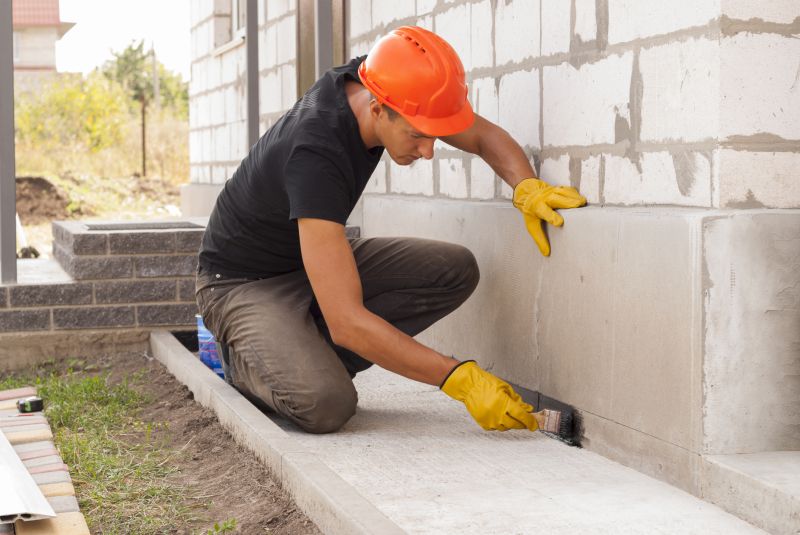
Stabilization techniques are most effective during stable weather conditions.

Timely crack repairs prevent further structural issues.
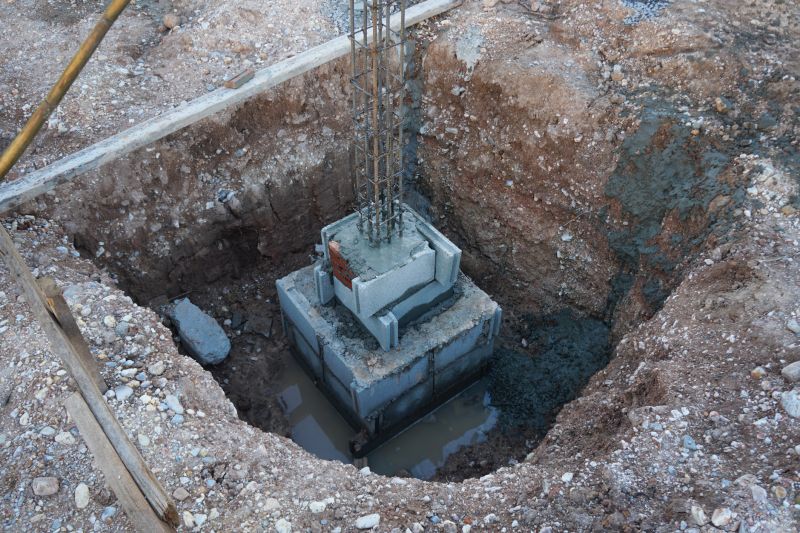
Proper soil evaluation is essential before repairs.
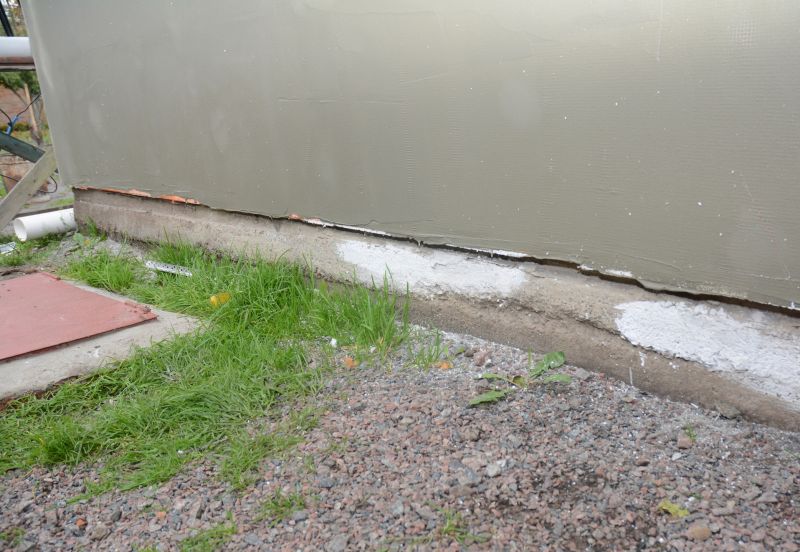
Monitoring after repairs ensures long-term stability.
Interested property owners in foundation repairs are encouraged to contact for further consultation. Proper timing and professional assessment can significantly improve repair outcomes and property stability.





